What's all this for then?
The Biotechnology Age is well under way. But like the Silicon Age, I think it will only really explode in growth once the entry price reaches a point where a few college dropouts can afford to build a biotech lab in their parent's basement, and with their inventions, put a dent in the universe.
The biotech laboratory is getting more and more streamlined, and experiments that would once have taken weeks or months can be performed in days, with much improved Recombinant DNA techniques, next-day-delivery of DNA primers, and cheap Gene synthesis. Although we can now forget about many old fashioned (but still widely used) techniques like Plasmid Cloning by Restriction Enzyme Digest, which require boxes full of expensive enzymes, the one technique that kickstarted the Biotech Revolution is still an absolute necessity.
PCR, or the Polymerase Chain Reaction, is one of the greatest inventions of the 20th Century. With it we can take a single stand of DNA and make trillions of identical copies. With these copies, we can identify a murderer from a speck of skin, DNA barcode living creatures to study entire ecological systems or identify the cause of a disease for personalised medicine. And because at the fundamental level all life on Earth operates on the same basis, we can even swap the "code" of life between species, rewriting the schematics of living organisms.
The grass roots interest in DIY biotechnology is growing, with projects like Biobricks and the Glowing Plant Project making headlines around the world. But the fact is, it's still too expensive for most people to get involved. With a target price of $5 for the parts to build a working PCR machine, and a secondary goal of $50 to build a really great machine, I hope to change that. At that price level, everything changes. Suddenly schools can afford to do recombinant DNA experiments in science class, just as the Apple IIe changed my school experience. Poorer countries can use the same equipment for medical diagnosis, and BioMaker's can start working on those inventions that will make the world a better place.
Download the designs, build the Polymerase Chain Reactor, and Viva la Revolucion Biotec!
System Design Documents
Here is the overview for the cheap, and ridiculously cheap PCR machines.
The $5 PCR machine
- minimal parts
- V-USB interface to calibrate temperatures, and log raw data
The $50 full featured PCR Machine
- Bluetooth interface
- Cloud-storage of optimal Annealing temperatures and DNA/Primer trading-portal for DIYBIO
- GUI control of PCR machine, Primer annealing temperature calculator, Cloud access for sharing data
- Realtime plotting of temperature data
- I2C temperature sensors for ±0.4 Celcius accuracy, with no calibration required
- Temperature fuses for safety
- RGB LED for temperature status/bluetooth connectivity
- Touchdown PCR and controlled annealing temperatures
How PCR works:
In detail, the Polymerase Chain Reaction Machines operates by cycling a mixture of Template DNA (this contains the stuff we want to copy), Primers (short and cheap bits of DNA the match the front and back of the sequence we are copying), a Polymerase (the bio-nanobot that does the copying), and raw chemical nucleotides that will make up the sequence of the copies.
As an analogy, think of the template as a book, the primers as a set of bookmarks for certain pages, and the polymerase as a photocopier. The raw nucleotides are then something like the blank paper.
PCR exploits the fact that some polymerases in Extremophiles from volcanic vents or hot springs can operate at very high temperatures, at which most organisms would be well and truly cooked.
Continuing with the (now very bad) analogy, imagine heating up the template as opening the book. Cooling the book inserts bookmarks at the correct location and closes it, and now you can hand it to the guy on the photocopier, who will photocopy everything between the bookmarks....
Read more » David
David
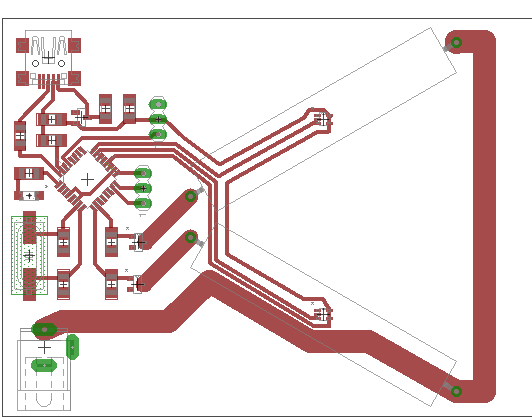
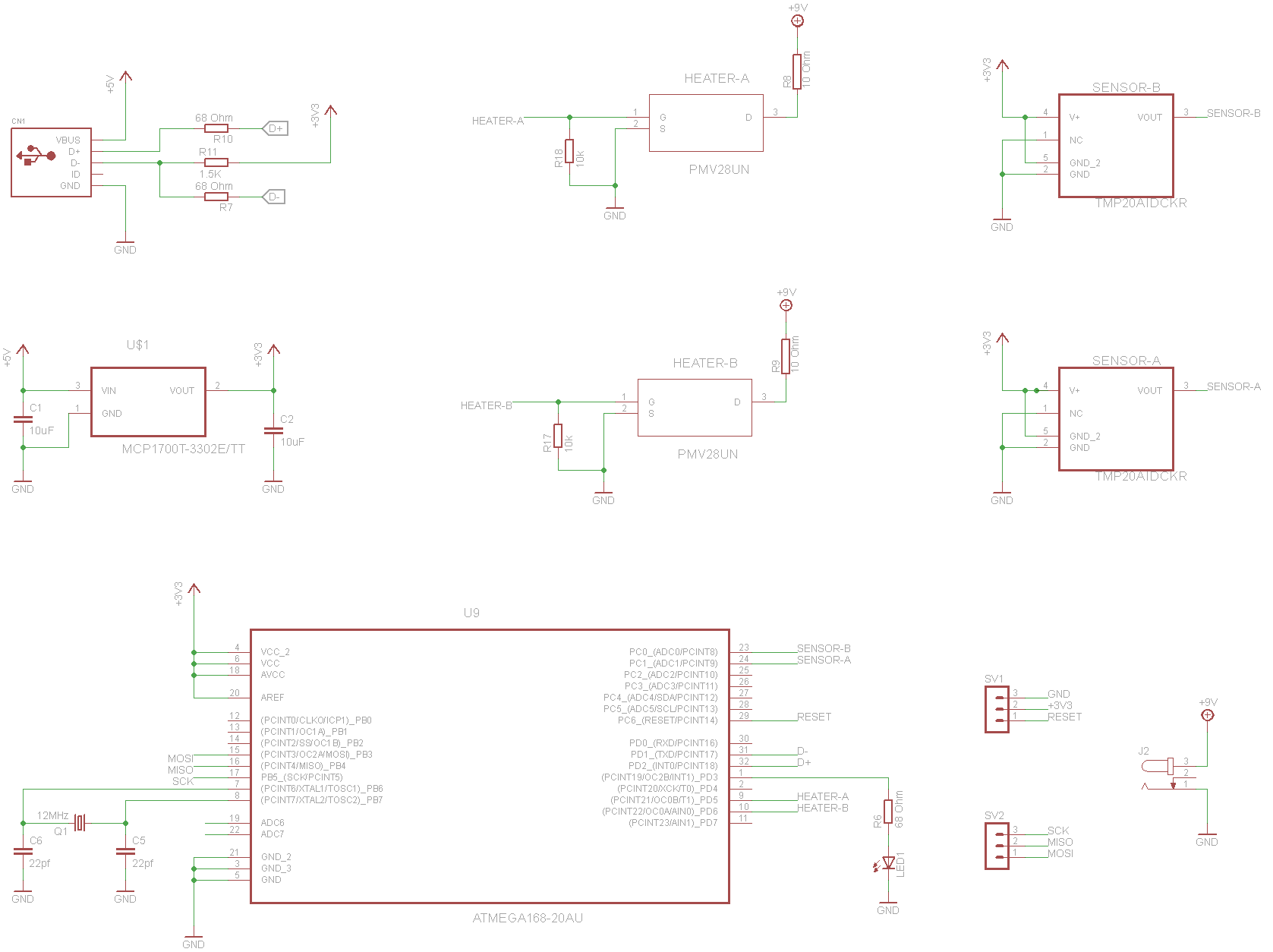
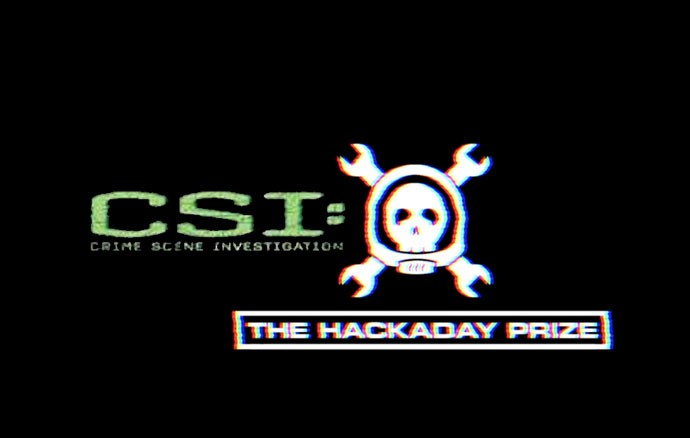
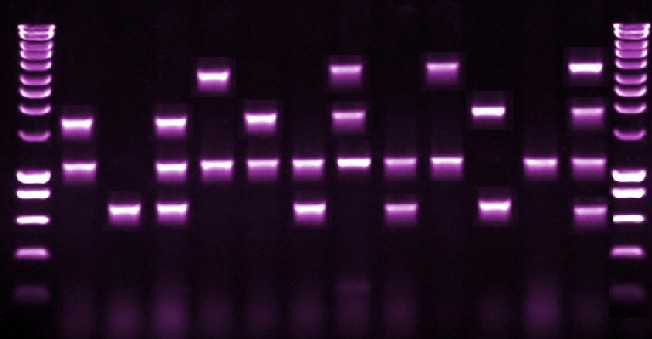
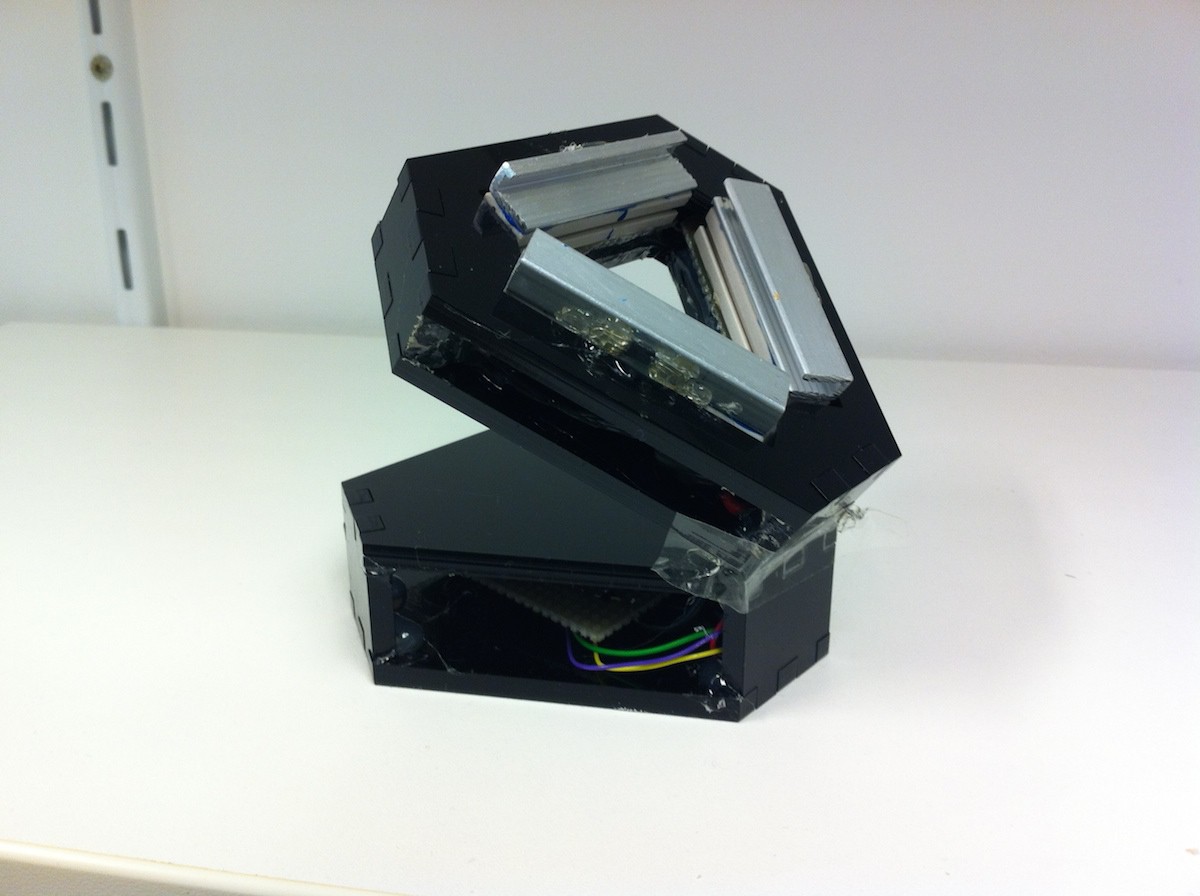
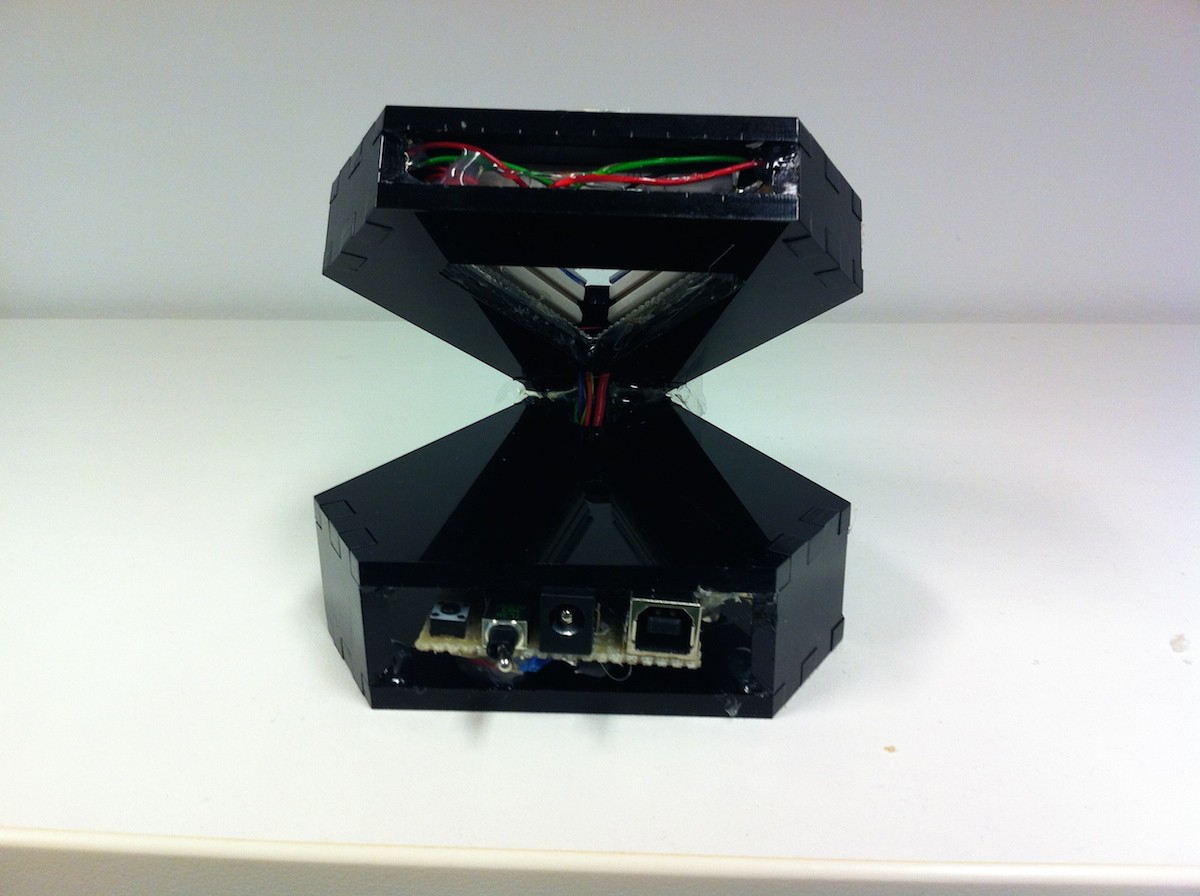



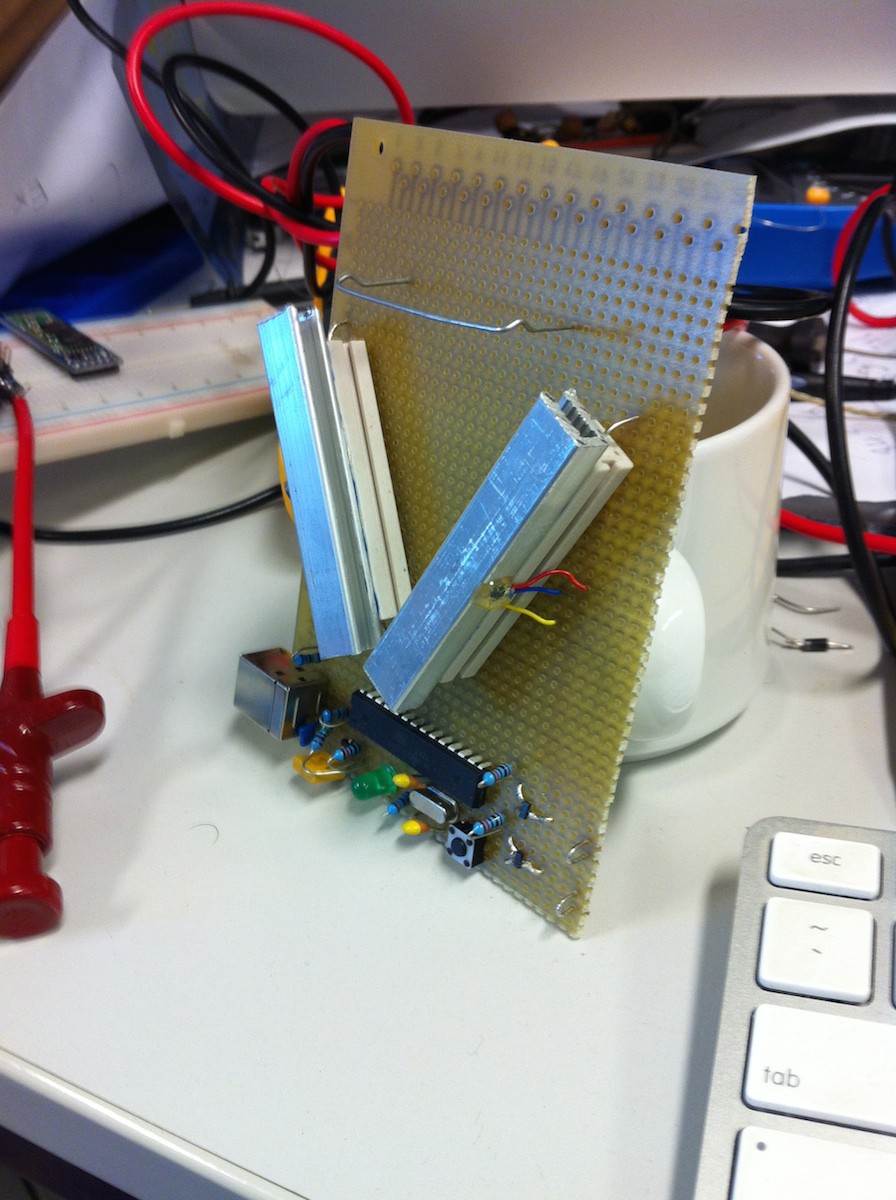
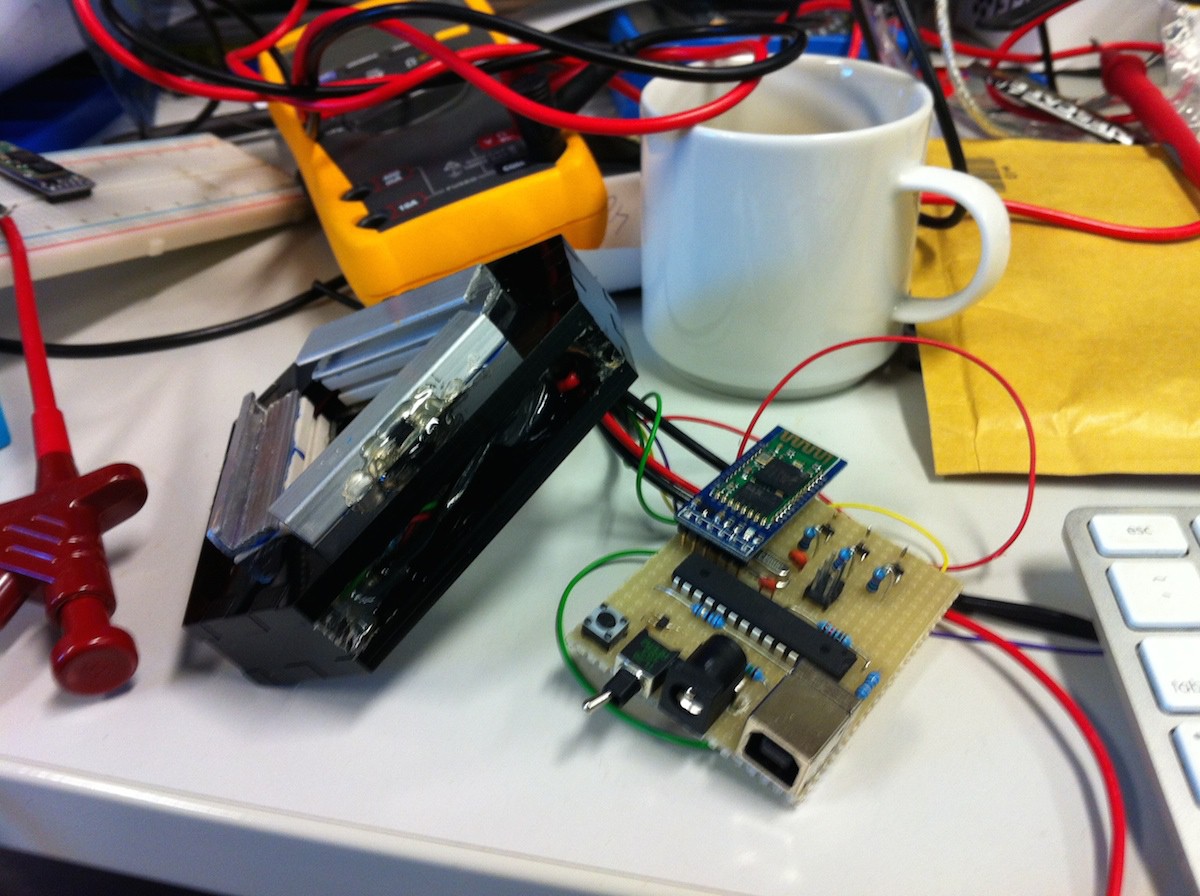
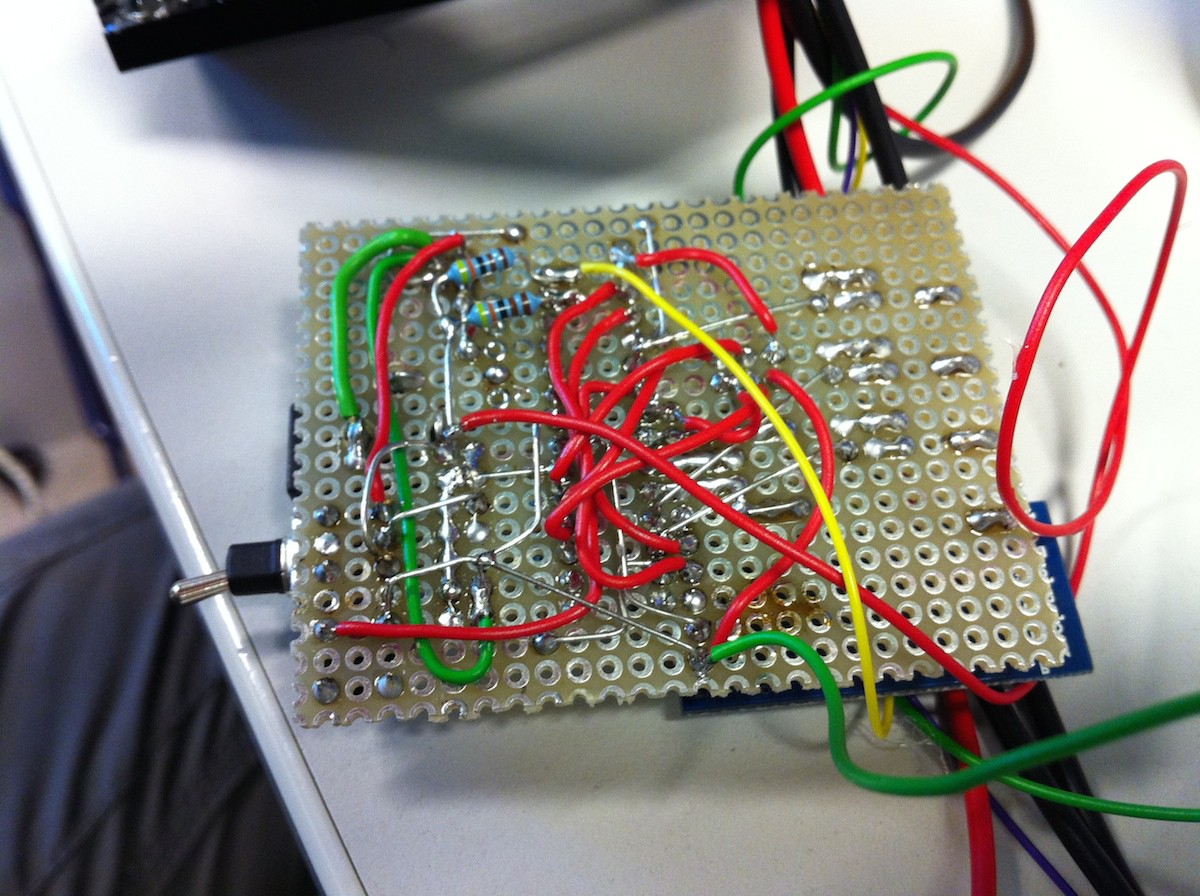
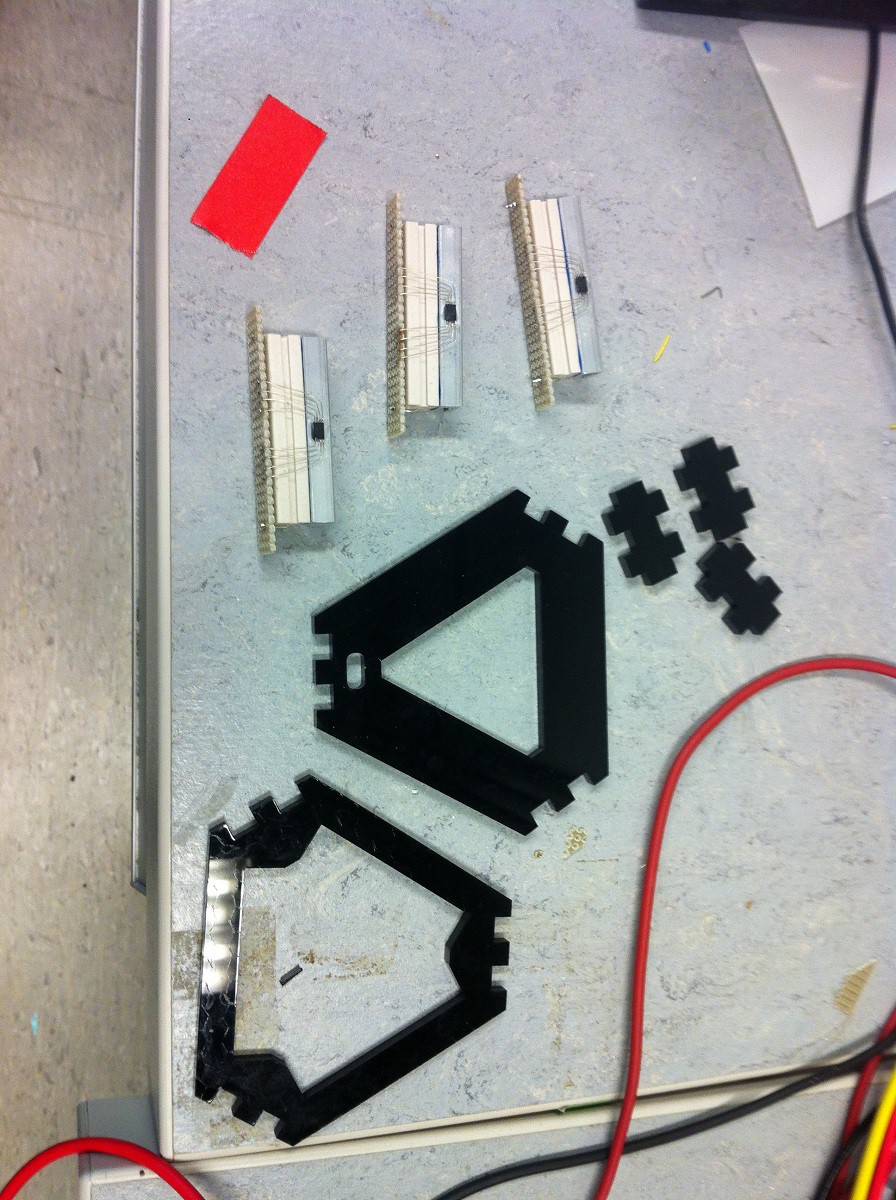
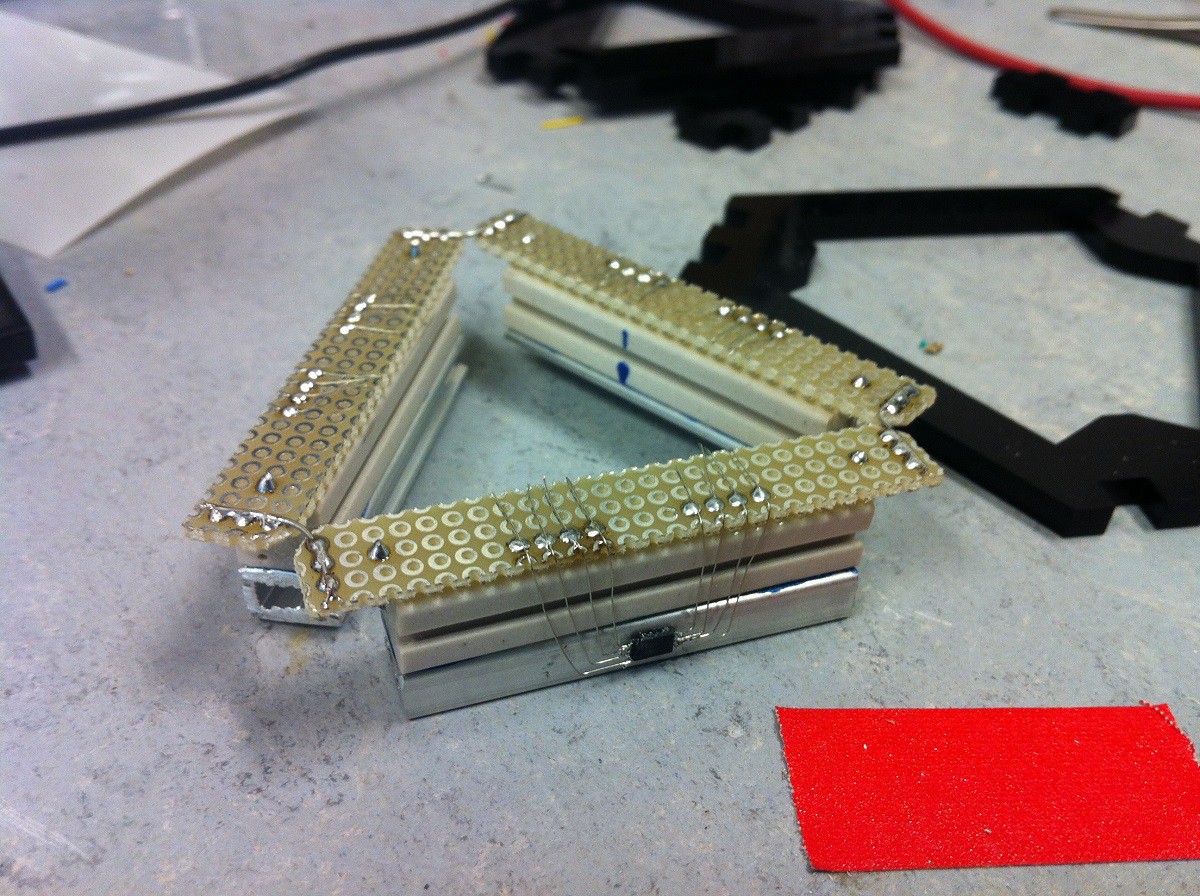
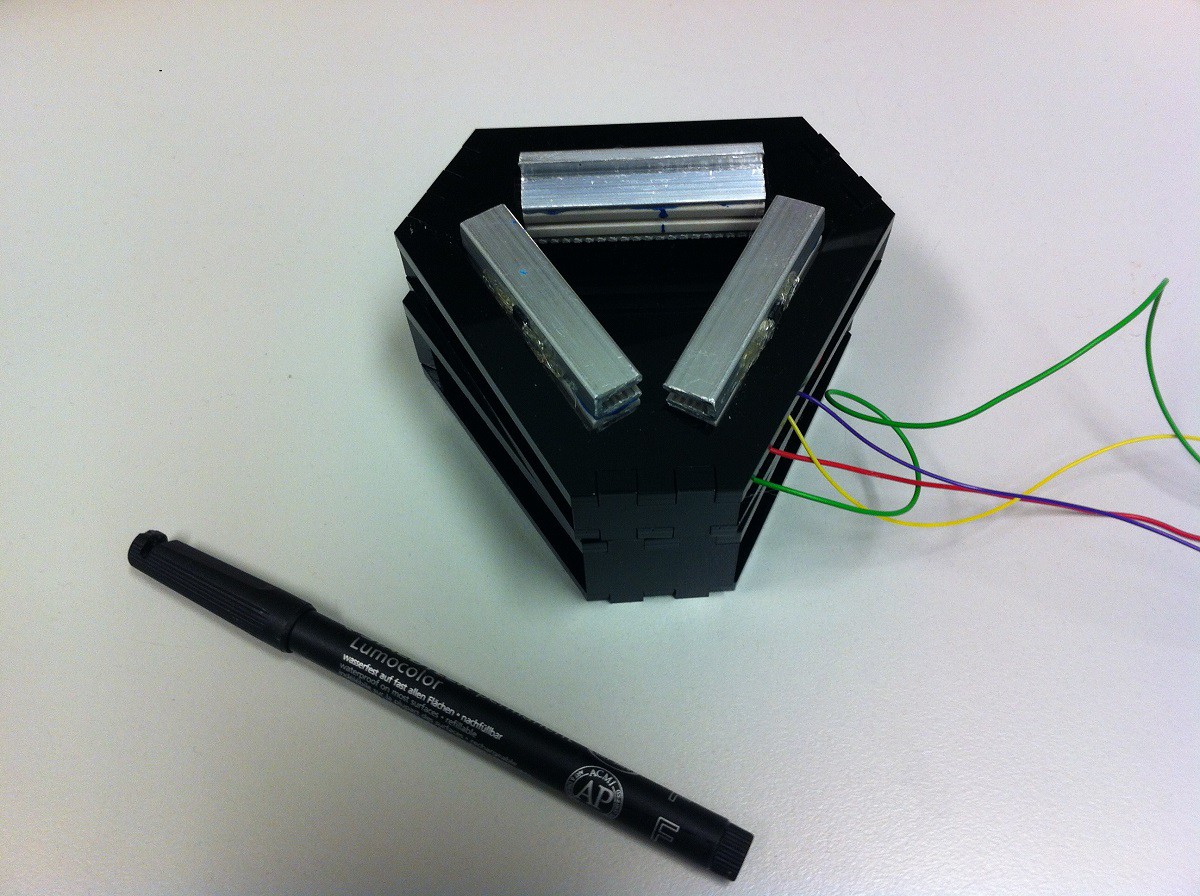
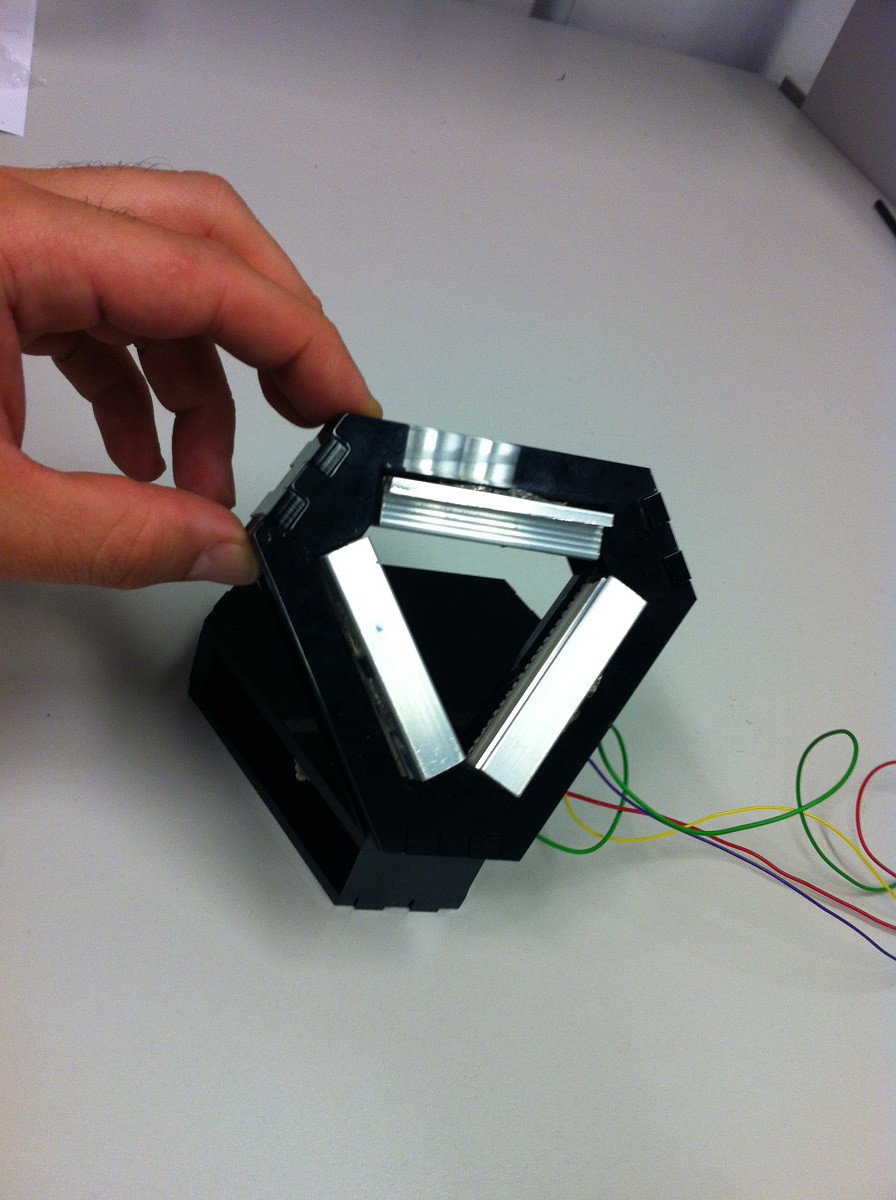
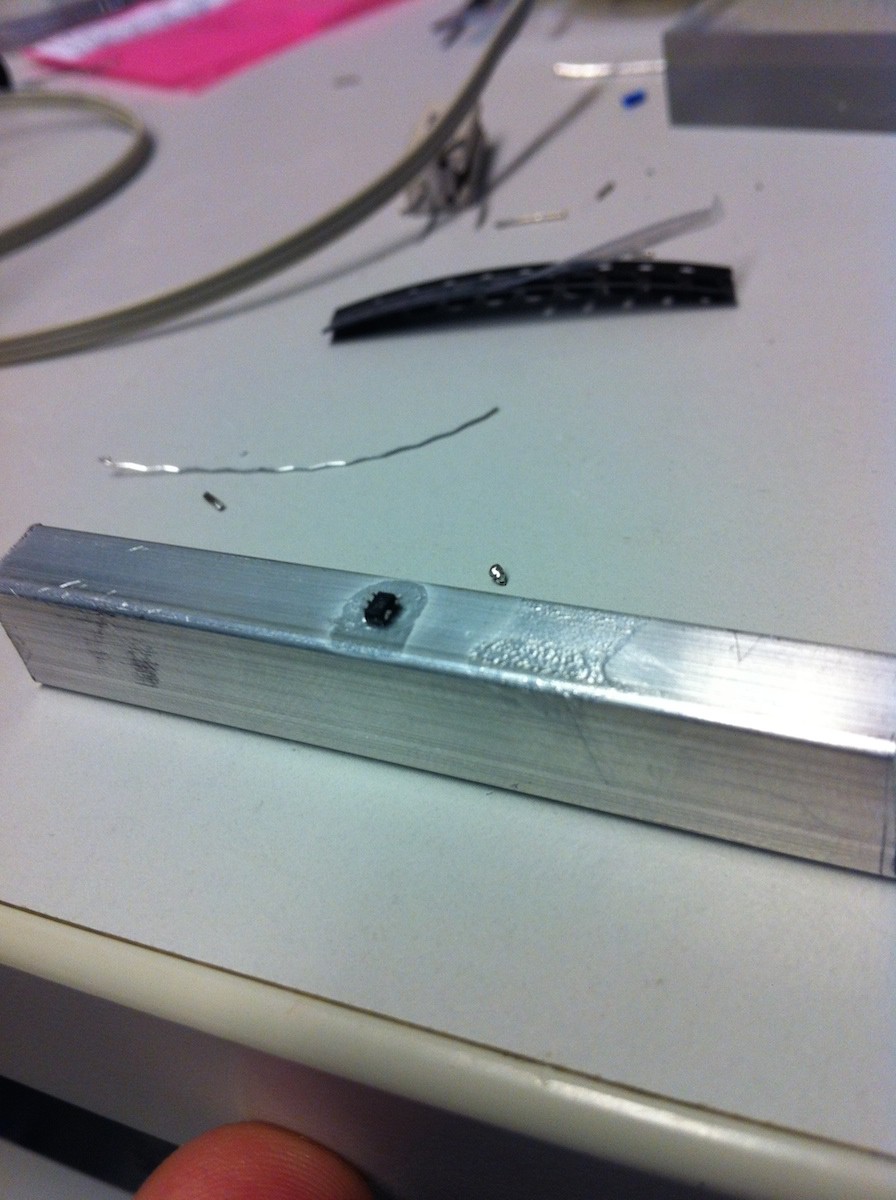
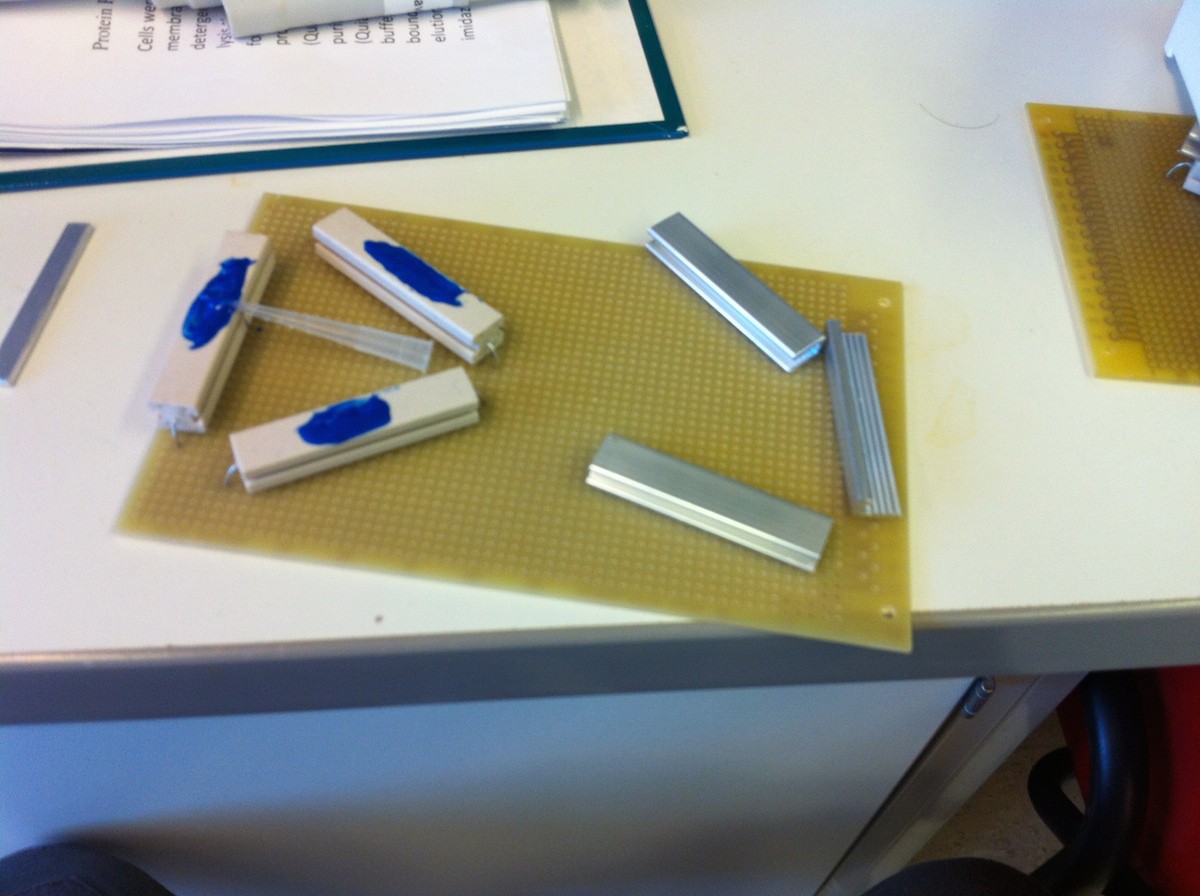
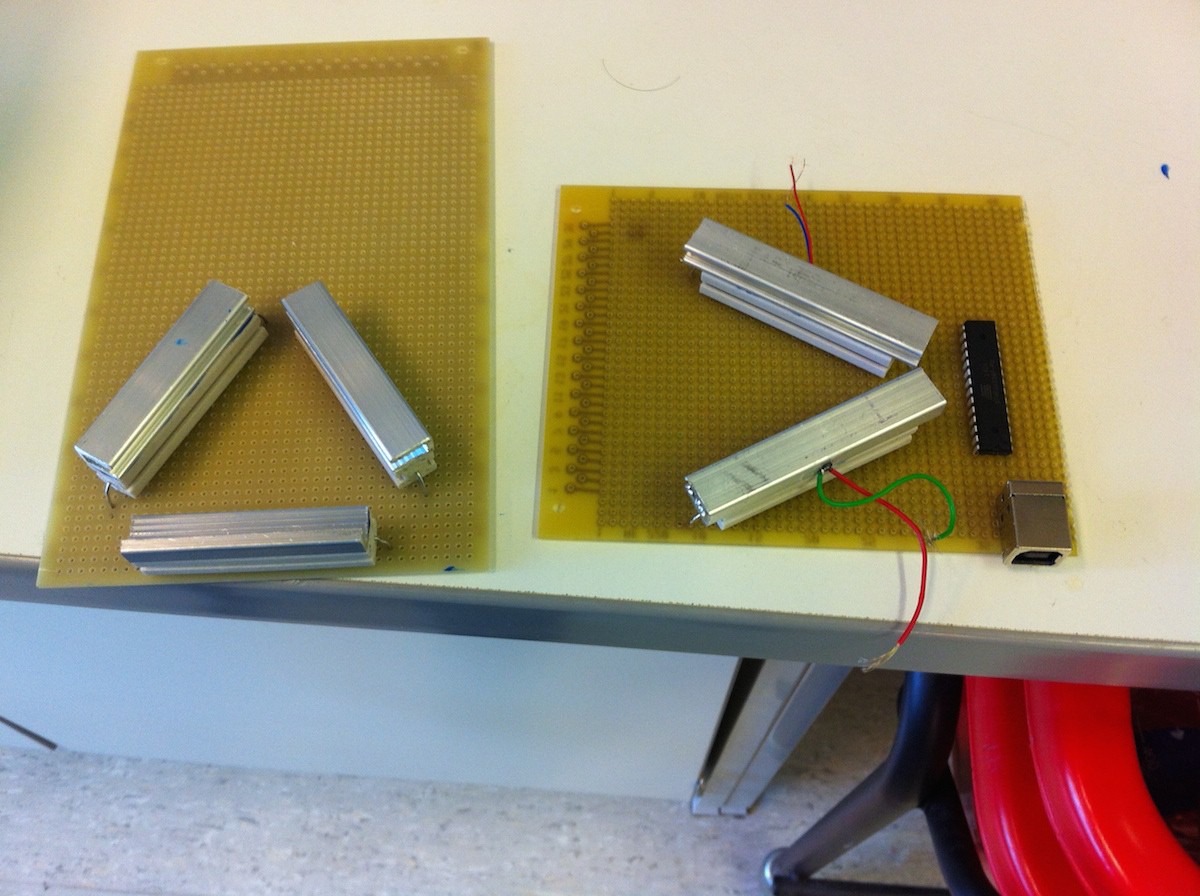







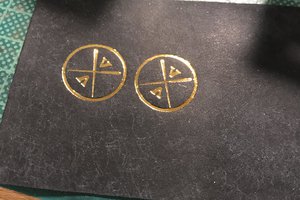
 vincentmakes
vincentmakes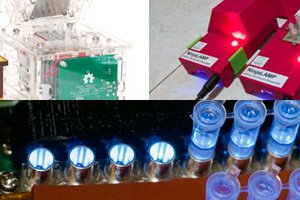
 shingo
shingo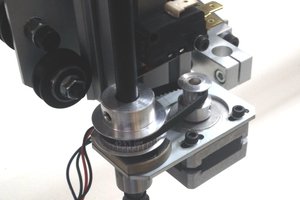
 Juha Kuusama
Juha Kuusama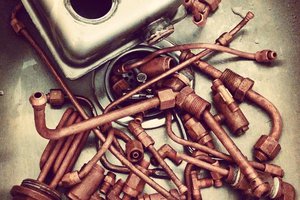
 Sean Ogden
Sean Ogden
What's the current state of the project? Have you thought about commercialization?